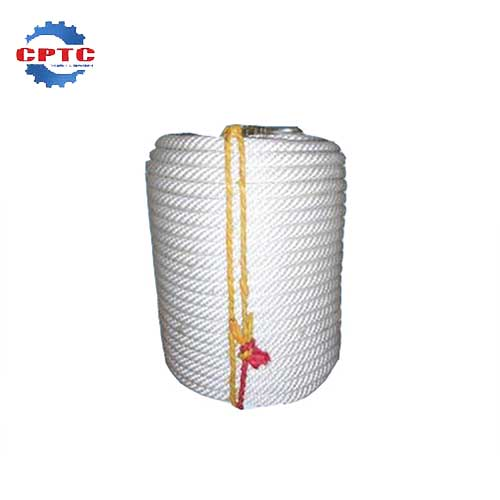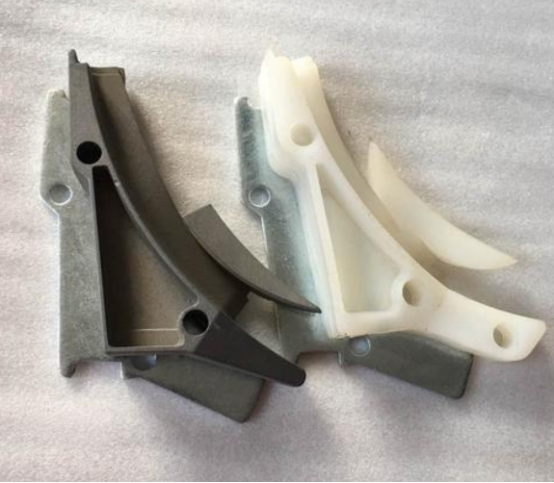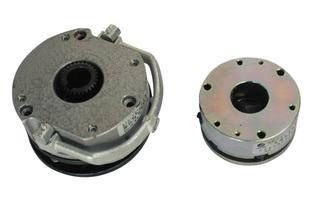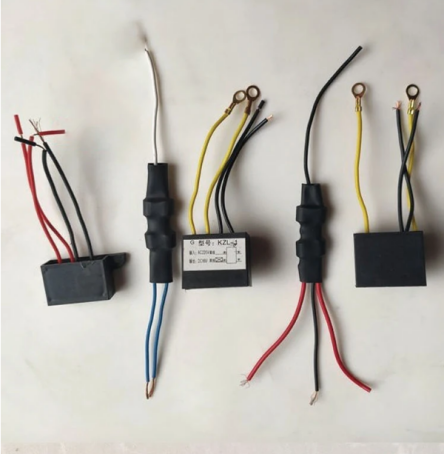Suspended platforms, also known as suspended access platforms or swing stages, are essential tools used in various industries such as construction, maintenance, and window washing to provide safe and efficient access to elevated work areas. However, working at heights inherently carries significant risks. To mitigate these risks, robust safety systems are paramount. Limit switches play a critical role in these systems by preventing the platform from exceeding its safe operating limits, thus minimizing the risk of collisions and accidents.

What Are the Understanding Limit Switches?
Limit switches, crucial for suspended platform safety, come in various types, including mechanical, proximity, and magnetic. Mechanical switches utilize physical contact to trigger a signal, while proximity switches detect objects without physical touch, and magnetic switches respond to magnetic fields. These switches are strategically placed on the platform, typically at upper and lower limits to prevent overtravel, and may also be positioned at intermediate points for specific operational functions such as platform leveling. Their primary function is to ensure the platform operates within safe boundaries, preventing accidents and protecting personnel.
Regular Inspection Procedures
Visual Inspection:
A thorough visual inspection should be conducted regularly. Look for signs of wear and tear, such as damaged actuators, loose connections, and corrosion on the switch components. Carefully examine the limit switch for any signs of physical damage, including cracks, bends, or missing parts. Inspect the wiring and connections for any signs of damage, loose connections, or improper insulation.
Functional Testing:
Manually operate the suspended platform through its full range of motion and observe the activation and deactivation of each limit switch at its designated position. If available, utilize diagnostic tools to test the electrical signals and switching operations of the limit switches to ensure they are functioning correctly.
Frequency of Inspections:
A regular inspection schedule should be established based on industry best practices and the specific usage of the suspended platform. A recommended schedule might include daily, weekly, or monthly inspections. Platforms operating in harsh environments or with high usage frequency should be inspected more frequently to ensure continued safety and reliability.
Maintenance Procedures
Cleaning: Regularly clean the switch mechanism and the surrounding areas to remove dust, debris, and other contaminants that can impede proper operation. This helps ensure smooth and reliable switching action.
Lubrication: For mechanical limit switches, lubricate the moving parts according to the manufacturer’s recommendations. Proper lubrication reduces friction and wear, extending the life of the switch.
Calibration: Periodically calibrate limit switches to maintain accurate and consistent operation. This may require specialized tools and expertise, so it is often best performed by qualified technicians.
Replacement: Promptly replace any damaged, worn-out, or malfunctioning limit switches. Use only genuine or approved replacement parts to ensure compatibility and maintain safety standards.
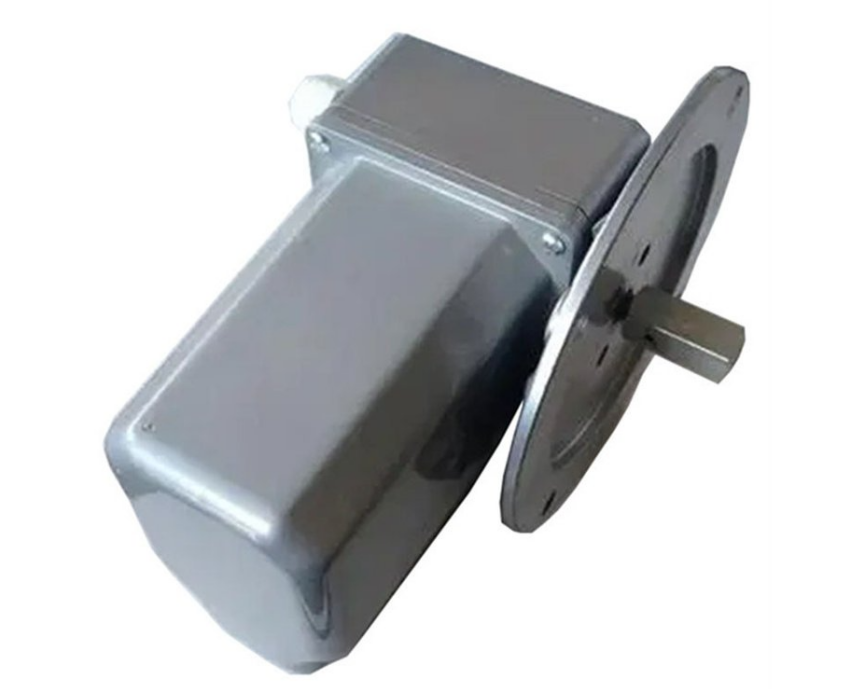
Record Keeping
Importance of Documentation: Maintaining accurate and up-to-date records of all inspections and maintenance activities related to limit switches is crucial for several reasons. These records serve as valuable documentation for safety compliance, troubleshooting, and overall platform management.
Inspection Logs:
Implement the use of a standardized inspection log to meticulously document all findings, maintenance procedures performed, and any corrective actions taken. This log should include the date and time of the inspection, the inspector’s name, specific observations regarding the condition of the limit switches, and any identified issues or concerns.
Benefits of Record Keeping:
Demonstrating Compliance: Well-maintained records can demonstrate compliance with relevant safety regulations and industry best practices.
Early Problem Identification: By reviewing inspection logs, potential problems can be identified early on, allowing for timely repairs and preventative maintenance, and minimizing downtime and potential safety hazards.
Improved Safety and Efficiency: Consistent record-keeping contributes to a culture of safety and continuous improvement. By analyzing inspection data, trends can be identified, and necessary adjustments made to improve the overall safety and efficiency of platform operations.
Safety Precautions
Lockout/Tagout Procedures: Before commencing any maintenance work on the suspended platform or its components, including limit switches, it is absolutely critical to implement proper lockout/tagout procedures. This involves isolating the platform from all power sources and ensuring that it cannot be accidentally activated during maintenance.
Qualified Personnel: All inspection and maintenance activities related to limit switches should be performed by qualified and trained personnel. These individuals should possess the necessary knowledge, skills, and experience to safely and effectively inspect, maintain, and repair limit switch systems.
Manufacturer’s Recommendations: Always refer to the manufacturer’s instructions and safety manuals for specific guidance on the inspection, maintenance, and repair of limit switches for your particular model of suspended platform. These manuals provide crucial information on safe operating procedures, maintenance schedules, and the use of approved parts.
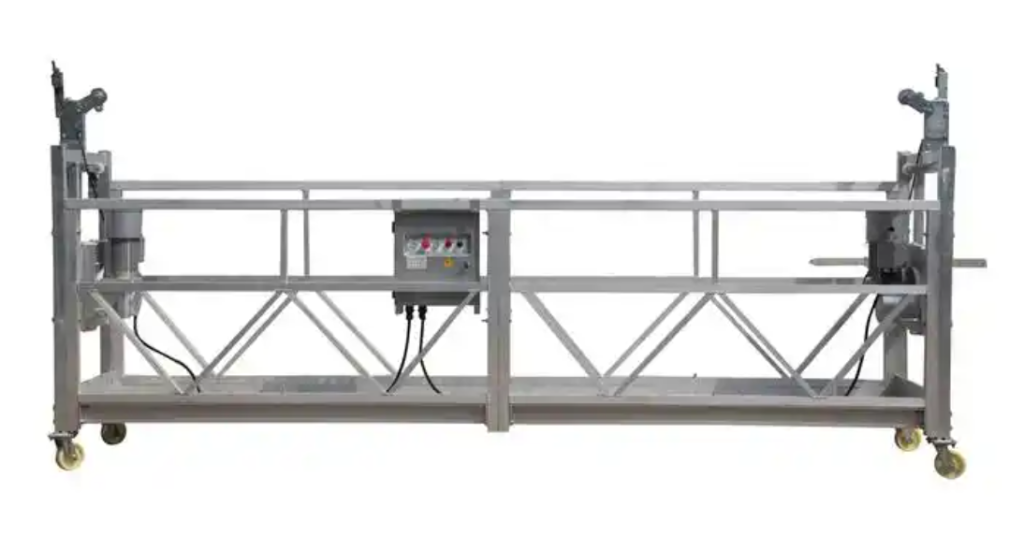
Key Takeaways
You can significantly minimize the risk of accidents and ensure the continued safe operation of your equipment by adhering to the outlined inspection and maintenance procedures, including visual checks, functional testing, and comprehensive record-keeping. Regular maintenance not only enhances safety but also extends the lifespan of your limit switches and reduces the likelihood of costly repairs or replacements.
Remember always to prioritize safety and follow established safety precautions during all inspection and maintenance activities. If you still have any questions please contact CPTC for the detailed answer.
Related Products
Safety Rope
Lightweight and Portable
Durable and Long-lasting
Nylon Splitter
Durable and Long-lasting
Electromagnetic Brake Coil
Electromagnetic Brake Coil
High-speed, high-precision control
Quick-acting, precise control
Brake Rectifier Modulek
Compact Size
Convenient Wiring
Durable Heat Sink Material
Stable Performance

